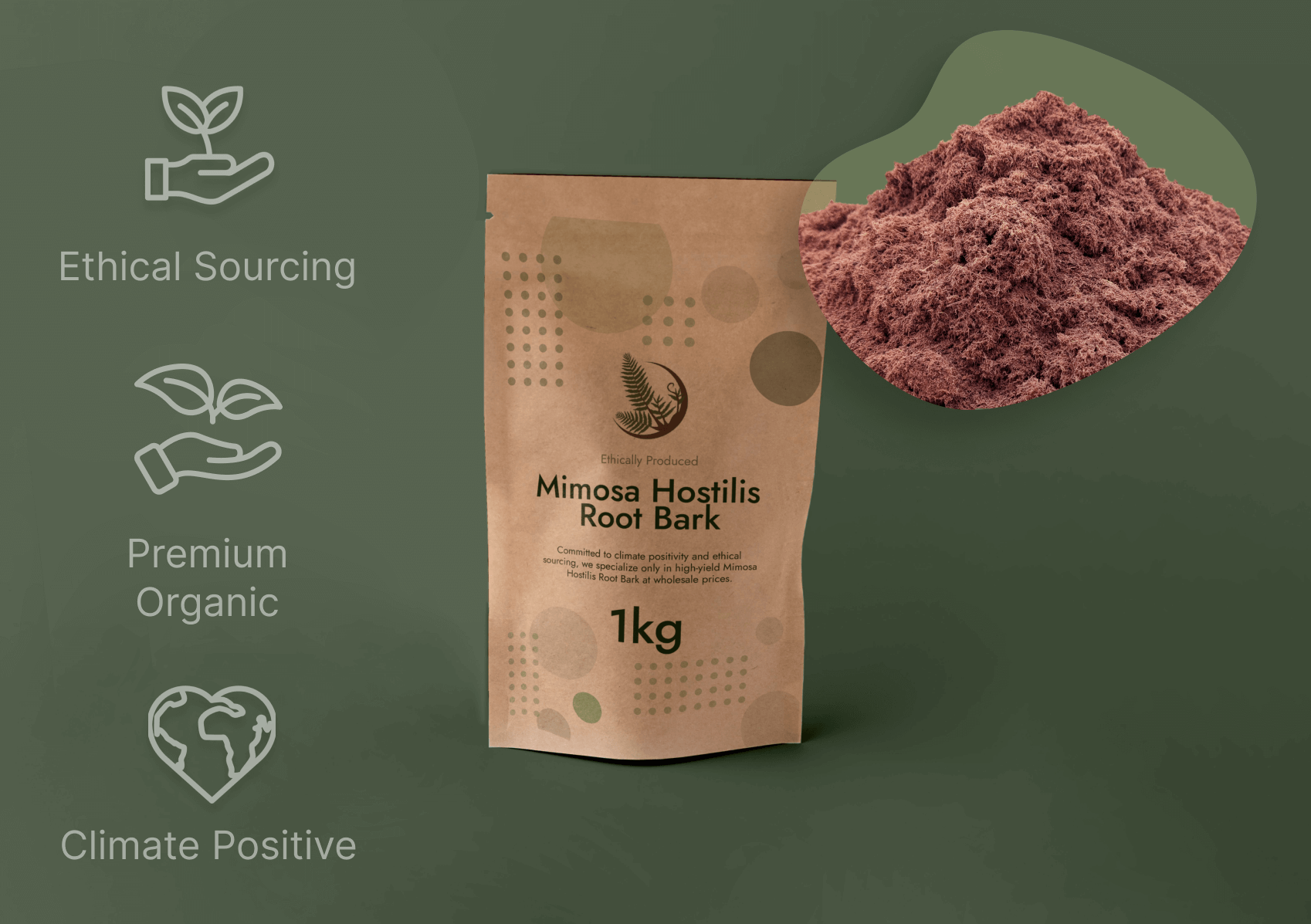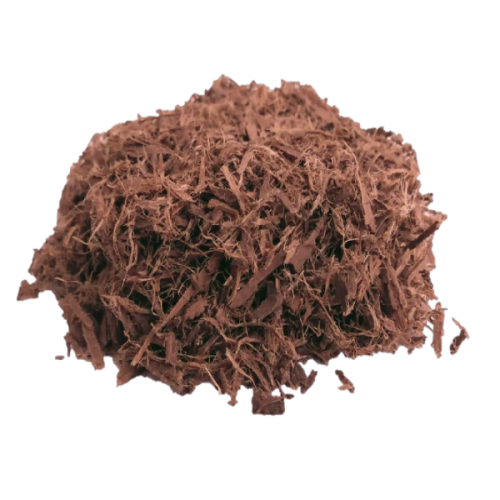Mimosa Hostilis Root Bark: A Guide to Origins and Employs
Wiki Article

Mimosa Hostilis Root Bark holds a significant location in classic procedures and fashionable botanical applications. This text explores the properties, origins, and customary questions surrounding this remarkable plant material, with a particular center on the prized Brazillian Mimosa Hostilis Root Barks.
What's Mimosa Hostilis Root Bark?
Mimosa Hostilis, scientifically generally known as Mimosa tenuiflora, can be a perennial tree native on the northeastern area of Brazil and parts of Mexico. The root bark of this tree has actually been utilized for centuries by indigenous communities for a variety of sensible and traditional purposes. The internal root bark consists of noteworthy concentrations of tannins, alkaloids, along with other phytochemicals that add to its distinctive properties and purposes.
The tree itself is remarkably resilient, able to surviving in weak soils and drought conditions. This hardiness contributes to your strong mother nature with the bark and its chemical profile. When harvested sustainably, the outer root bark is meticulously separated to entry the valuable interior bark, and that is then dried and prepared for use.
Brazilian Mimosa Hostilis Root Bark: The Gold Normal
When speaking about quality in Mimosa Hostilis items, the Brazillian Mimosa Hostilis Root Barks are normally viewed as superior in the botanical current market. A number of things contribute to this status:
Optimum Increasing Conditions
The particular soil composition, local weather, and ecosystem of Brazil's northeastern area build ideal ailments for Mimosa tenuiflora to establish its comprehensive chemical potential. The mineral-rich soils and individual pattern of rainfall and daylight In this particular place look to boost the focus of Lively compounds in the foundation bark.Common Harvesting Know-how
In areas where Mimosa Hostilis has been employed customarily, harvesters have created refined methods for sustainable harvesting that preserves both the tree plus the potency from the bark. This knowledge, handed down by means of generations, ensures that the bark is gathered at the appropriate time of calendar year and processed using procedures that keep its integrity.Distinctive Bodily Attributes
Brazilian Mimosa Hostilis Root Bark commonly displays a abundant reddish-brown to purple inner bark which has a fibrous, dense texture. The visual features normally serve as an Preliminary indicator of high-quality, with expert buyers recognizing the unique visual appearance of bark from this location.
Typical Programs and Uses
The applications of Mimosa Hostilis Root Bark span equally standard and contemporary Premium Mimosa Hostilis contexts, however It is really critical to Mimosa Hostilis Root Bark comprehend the legal standing of such utilizes may differ by region and jurisdiction.
Common Craft and Apply
Indigenous communities have Traditionally employed Mimosa Hostilis Root Bark for making all-natural dyes for textiles, While using the bark manufacturing wonderful shades of purple, burgundy, and deep brown. The tannin-abundant Houses also manufactured it important for leather tanning along with other practical apps.Modern day Botanical Analysis
Contemporary curiosity in Mimosa Hostilis Root Bark extends to numerous fields of botanical investigation, particularly finding out its chemical composition and likely applications. Scientists have discovered quite a few appealing compounds within the bark that warrant even more scientific investigation.Horticultural and Agricultural Takes advantage of
In permaculture and sustainable agriculture, Mimosa tenuiflora is valued as being a nitrogen-fixing species that could improve soil high quality. The bark alone, when processed, can be utilized as a pure mulch or soil Modification in sure agricultural contexts.High quality Assessment and Identification

For anyone dealing with Mimosa Hostilis Root Bark, knowing the best way to evaluate high quality is important. Significant-good quality material, particularly reliable Brazillian Mimosa Hostilis Root Barks, typically reveals particular attributes:
The Visible look must display a transparent distinction concerning the outer and internal bark, While using the internal bark displaying deep, lively hues. The fabric should have a attribute earthy, somewhat sweet aroma, cost-free from musty or moldy notes. When processed, the bark need to generate a wonderful powder even though sustaining its fibrous composition until grinding. Properly dried bark needs to be brittle although not dusty, indicating accurate moisture content.
Usually Questioned Concerns (FAQs)
1. What is the distinction between Mimosa Hostilis Root Bark from Brazil and various areas?
Brazilian Mimosa Hostilis Root Bark is mostly regarded outstanding mainly because of the ideal escalating circumstances in northeastern Brazil, which bring about higher concentrations of Energetic compounds. The normal harvesting approaches employed With this area also contribute to the general excellent and potency of the ultimate item.two. How must I retail store Mimosa Hostilis Root Bark to take care of its high quality?
Shop the bark within a great, darkish, and dry put within an airtight container. Protection from light-weight, moisture, and Serious temperature fluctuations can help preserve the bark's chemical integrity and stop degradation of its Lively parts.three. Is Mimosa Hostilis an endangered species?
No, Mimosa tenuiflora isn't now outlined being an endangered species. In fact, It can be recognized for its resilient expansion and skill to prosper in challenging ailments. Nonetheless, responsible harvesting procedures remain necessary to ensure the sustainability of wild populations.four. Am i able to expand Mimosa Hostilis beyond its indigenous habitat?
Though Mimosa tenuiflora thrives most effective in its indigenous tropical local climate, it can be cultivated in related environments. The tree demands well-drained soil, lots of daylight, and defense from frost. Nonetheless, the chemical profile of cultivated specimens may differ from wild-harvested Brazilian product.5. What is the legal status of Mimosa Hostilis Root Bark?
The authorized position differs noticeably by place and jurisdiction. In some areas, the Uncooked bark is legal to have, even though in others, distinct extracts or preparations could be regulated. Normally study and adjust to area guidelines and rules ahead of acquiring or using any botanical compound.Knowledge Mimosa Hostilis Root Bark, specially the high quality Brazillian Mimosa Hostilis Root Barks, necessitates appreciation of its botanical properties, common context, and proper applications. Regardless of whether for study, craftsmanship, or botanical review, this exceptional plant product continues to become a subject matter of curiosity across many fields, however often within ideal authorized and ethical boundaries. Report this wiki page